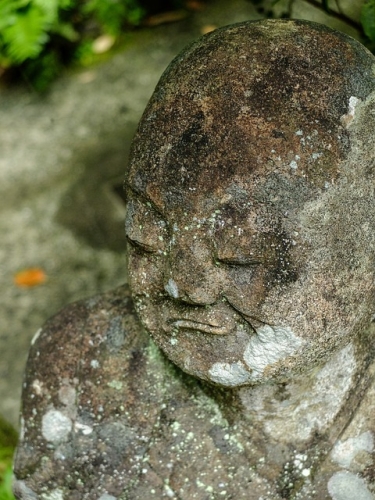
Shigeru Miyamoto’s Vision: The Evolution of Navi in Ocarina of Time
The checklist for Zelda: Ocarina of Time stands as an iconic title – an early hallmark of 3D gaming whose influence can still be felt to this day, undoubtedly regarded as one of the best N64 games ever created. However, players have been voicing their frustrations regarding Link’s fairy companion, Navi, and her bothersome advice since the game’s release in 1998. She arguably established the benchmark for years of annoying tutorials and guidance in video games. Interestingly, even Shigeru Miyamoto himself acknowledged that Navi’s role in the N64 classic was far from perfect.
“I believe our method of providing hints is still a bit too harsh,” Miyamoto confessed in an interview for a 1999 Japanese strategy guide, which has been translated by shmuplations. “To put it simply, I can now admit to you: I think the overall concept of Navi offering advice is the most significant flaw of Ocarina of Time. It’s incredibly challenging to craft a system that provides suitable guidance, advice that is customized to the player’s circumstances. To execute it correctly, you would need to invest the same amount of time as developing an entire game, and I was deeply concerned we would be putting ourselves in a tight spot if we pursued perfection there…”
Miyamoto further elaborated that “if you look at Navi’s dialogue, she repeats the same phrases repeatedly. I understand it may sound unfavorable, but we intentionally designed her to be at a somewhat ‘dumb’ level. I think if we had aimed to make Navi’s hints more advanced, that ‘dumbness’ would have become even more pronounced. The reality is I wanted to eliminate the whole system, but that would have been even less friendly to gamers. You can see Navi as being a resource for players who take a break for a month or so, then return to the game and need a refresher on what they were supposed to do. It’s a bold excuse, I admit. (laughs)”
Today, Ocarina of Time is not deemed an exceptionally complex game, but at its launch, gamers were still adapting to the concept of solving puzzles and battling foes in a 3D environment. Miyamoto repeatedly touched on the challenge of balancing the game’s difficulty level during the interview, noting that regardless of all of Navi’s hints concerning puzzles, he “heard many players express that they couldn’t solve them without a strategy guide.”
A popular approach to addressing the issue of intricate puzzles is not easy to implement – just look at the feedback on God of War Ragnarok’s excessively generous hints for a recent instance. “We’ve discovered that the sections where players need hints differ from person to person,” Miyamoto remarked about Ocarina of Time. “There’s a lack of consistency. That’s unavoidable, though, in a game like Zelda that blends action and puzzle-solving.”
While historically Nintendo has downplayed the influence of other beloved games on its creations, in this conversation, Miyamoto did reference Japan’s most cherished RPG series as a benchmark for crafting challenging games. “Even in the Dragon Quest series,” Miyamoto noted, “players don’t commend [designer Yuji] Horii and [director and programmer Koichi] Nakamura for exquisite balance; rather, it’s the punishing difficulty in certain areas that has made it more memorable.”
Zelda titles subsequent to Ocarina of Time have continued to grapple with how much to emphasize difficulty in both puzzles and combat over the years, with some of the later game elements – yes, I’m directing my attention right at Fi in Skyward Sword.
